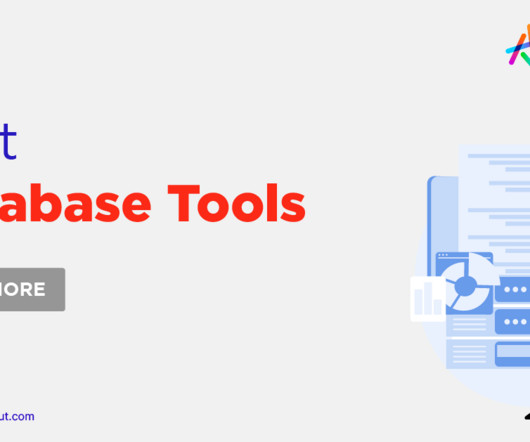Best Morgan Stanley Data Engineer Interview Questions
U-Next
MARCH 1, 2023
They build scalable data processing pipelines and provide analytical insights to business users. A Data Engineer also designs, builds, integrates, and manages large-scale data processing systems. Let’s take a look at Morgan Stanley interview question : What is data engineering? What is a data warehouse?












Let's personalize your content